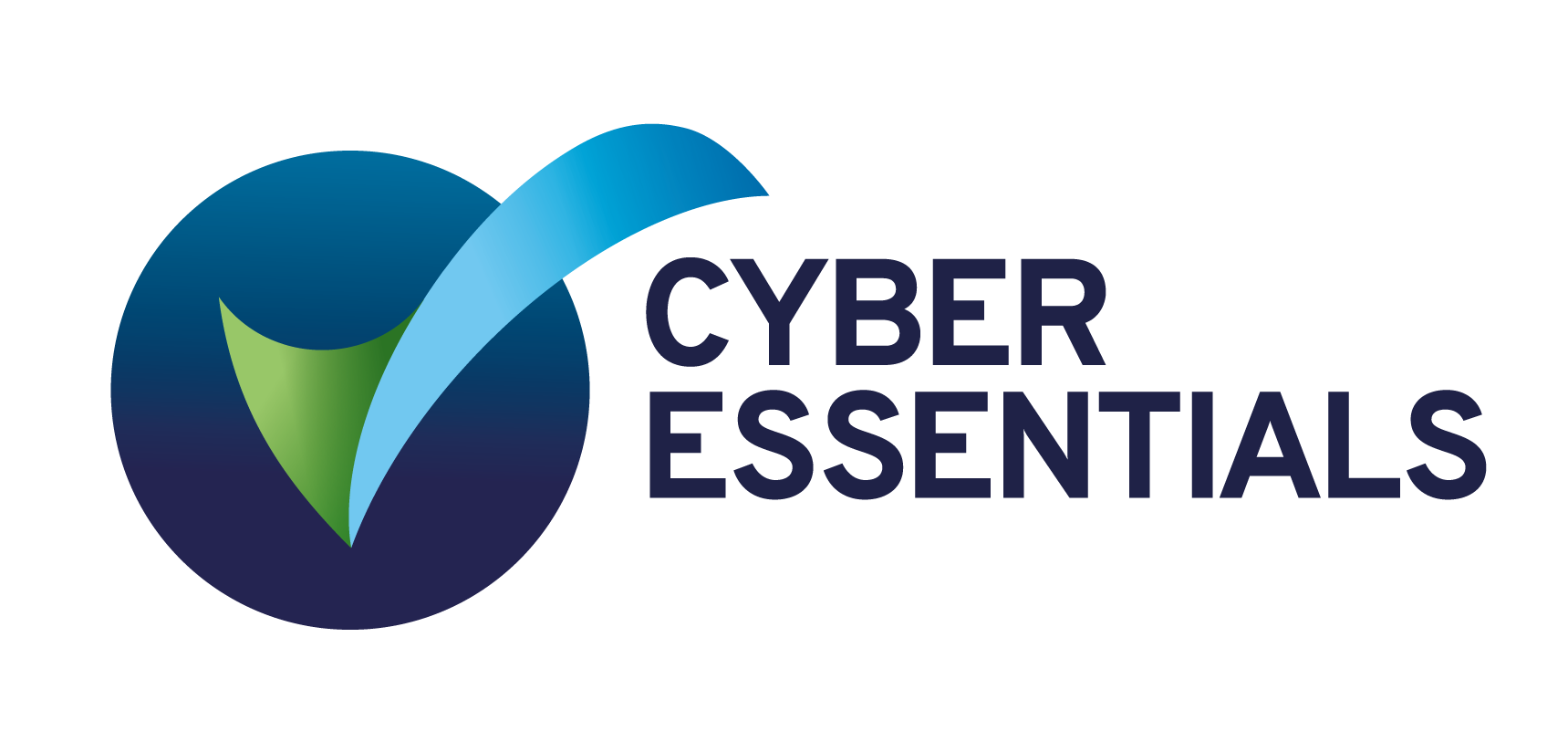ISO 20000 is an international standard for service management systems (SMS), specifically focusing on IT service management (ITSM). It provides a framework for organizations to establish, implement, maintain, and continually improve their service management practices to deliver high-quality IT services that meet the needs of their customers and stakeholders.
The primary goal of ISO 20000 is to help organizations ensure the effective delivery of IT services by establishing processes, controls, and metrics to manage service quality, availability, and performance. It is based on the Information Technology Infrastructure Library (ITIL) framework and aligns with best practices in IT service management.
Key elements of ISO 20000 include:
- Service Management System (SMS):
- Establishing an SMS framework to plan, implement, operate, monitor, review, maintain, and improve IT service management processes.
- Service Management Policy:
- Developing a service management policy that reflects the organization’s commitment to delivering high-quality IT services and meeting customer requirements.
- Planning and Implementing Service Management:
- Planning, designing, implementing, and transitioning IT services to meet agreed service levels, performance targets, and customer expectations.
- Service Delivery Processes:
- Defining and implementing processes for service delivery, including service level management, service reporting, service continuity management, and capacity management.
- Relationship Processes:
- Managing relationships and interactions with customers, suppliers, partners, and other stakeholders to ensure the effective delivery of IT services.
- Resolution Processes:
- Implementing processes for incident management, problem management, change management, and release management to address service disruptions, resolve issues, and implement changes effectively.
- Control Processes:
- Implementing controls and measures to ensure the security, availability, confidentiality, integrity, and continuity of IT services and information assets.
ISO 20000 certification involves a third-party audit to assess whether an organization’s service management system conforms to the requirements of the standard. Certification demonstrates to stakeholders, including customers, partners, regulators, and the public, that the organization is committed to delivering high-quality IT services and managing service delivery processes effectively
Benefits of Implementing ISO 20000
Improved Service Quality:
Enhances the quality of IT services by focusing on customer requirements and expectations, leading to heightened customer satisfaction and loyalty.
Efficiency and Effectiveness:
Streamlines ITSM practices, optimizes workflows, and eliminates redundancies, resulting in increased operational efficiency, reduced costs, and improved resource utilization.
Risk Management:
Promotes a proactive approach to identifying and managing risks within the IT service environment, ensuring business continuity and protection of critical IT services.
Compliance with Industry Standards:
Aligns with industry best practices, showcasing a commitment to recognized standards and demonstrating the capability to deliver reliable and consistent IT services.
Credibility and Competitive Advantage:
Certification enhances business credibility, validating commitment to excellence and customer satisfaction. It provides a competitive edge and attracts customers prioritizing certified service providers.
Customer Relationships:
Demonstrates commitment to meeting customer needs and providing reliable IT services, fostering trust and strengthening long-term partnerships.
Continuous Improvement:
Cultivates a culture of continual improvement within IT service management processes, driving innovation, adaptation to technology trends, and a competitive edge in the digital age.
Why ISO 20000 Matters for Your Business:
ISO 20000 is crucial for your business as it propels service quality, efficiency, risk mitigation, industry compliance, credibility, customer relationships, and a culture of continuous improvement within IT service management practices. Implementing this standard contributes to the overall success and competitiveness of your business in the dynamic digital landscape.





